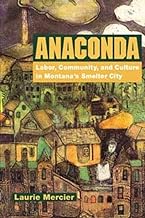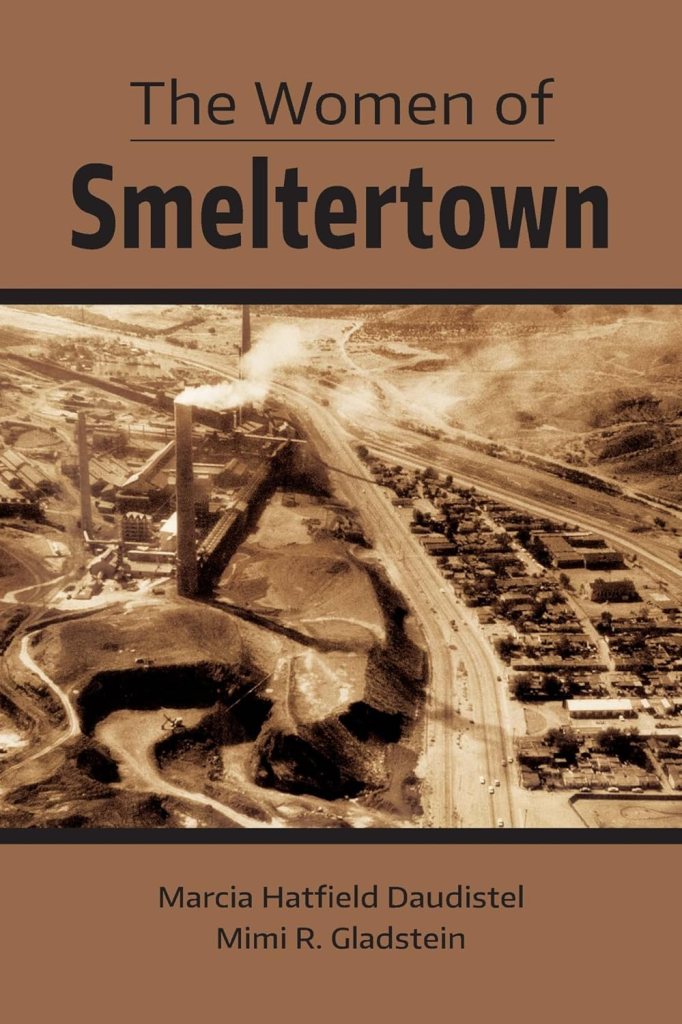Too often the history of mining towns concentrates solely on the mines themselves and the towns surrounding them. However, without the adjunct smelter towns, the ore could not be processed and separated from the minerals being sought. Sometimes, the smelter operations were located in the same mining town. Other times they were either built some miles away or moved away from the mining town.
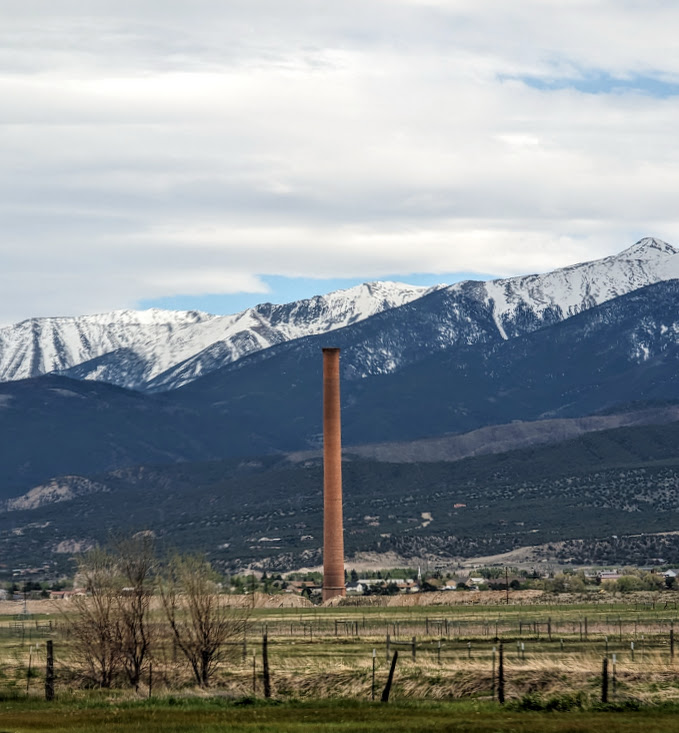
Regardless, due lax business practices and environmental regulations of the 19th and early to mid 20th centuries, smelters often created sooty air pollution and contamination where they were located. This made smelter towns appear as foreboding places with a smoky haze hanging over them. Given that quite a few smelter towns were located in narrow valleys or gulches, the haze could be quite concentrated.
In order to alleviate the pollution settling over the town, increasingly taller smelter stacks were constructed so the smoke could be carried further away by upper level winds.
As more stringent pollution regulations were adopted, stacks were increased in height, and cleaner production/processing methods developed, local air quality improved and ground pollution was reduced. Despite those improvements, many former smelter locations have been or are Superfund sites for cleanup.
Several examples of modern smelters are also included in the images below for a visual comparison to the older ones. These modern smelting facilities were designed and built to conform to the more environmentally-friendly standards of the past half century.
As resources were depleted at the mines, many of the historic smelters identified below closed leaving their hometowns with lost jobs, a lost industrial legacy, areas of leftover pollution, and derelict empty structures. In some cases, the downward economic impacts led to significant populations losses and some former smelter towns became ghost towns.
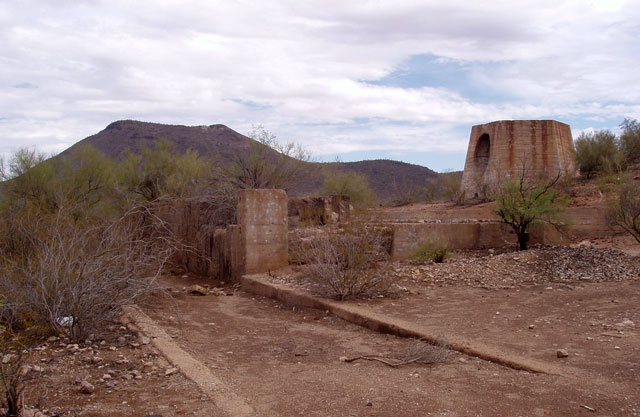
Unfortunately, the demolition of these processing facilities has also resulted in the loss of many incredible archaeological artifacts and structures from our industrial heritage. Most visible being the demolition of the smelter stacks that towered over the the community. These iconic stacks were often the tallest structure for many miles in all directions.

Historic stacks from closed smelters that are known to have been preserved to date exist in Anaconda, Montana (a state park); Hancock, Michigan (see photo below); Mayer, Arizona (see listing below); and Salida, Colorado (see photo above). It is hoped these four remain intact as impressive icons of our nation’s industrial heritage and that both they and any others that remain be preserved for future generations.
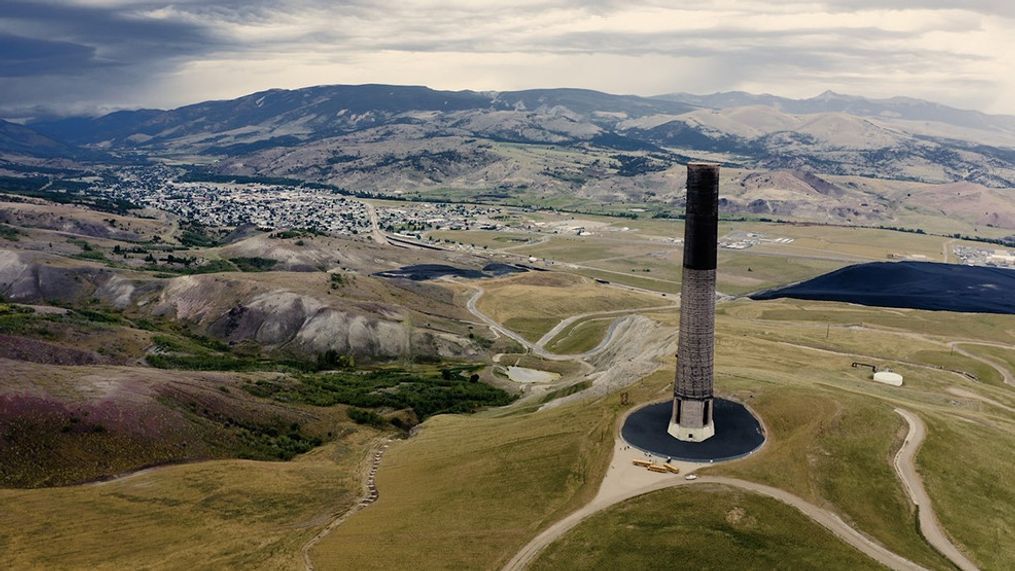
The most intact remains of an overall smelter operation lie along the Portage River/Canal in the Upper Peninsula community of Hancock, Michigan. As part of Keweenaw National Historical Park, tours are offered of the facilities in late June through mid- October.
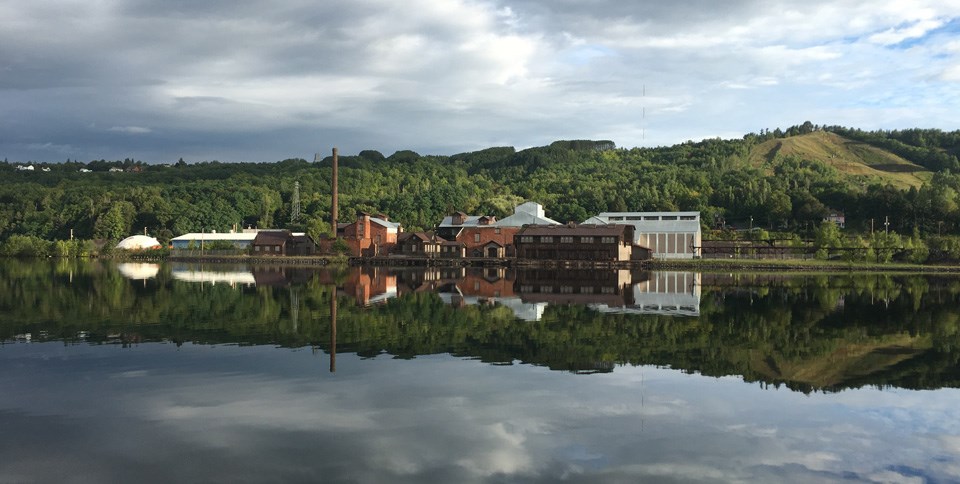
While not every former smelter (or town) can be preserved or become a tourist attraction, they do represent an important aspect of American/Canadian history and industrial development. In appropriate situations, the preservation of such facilities can provide us with a keen insights into the Industrial Age in North America.
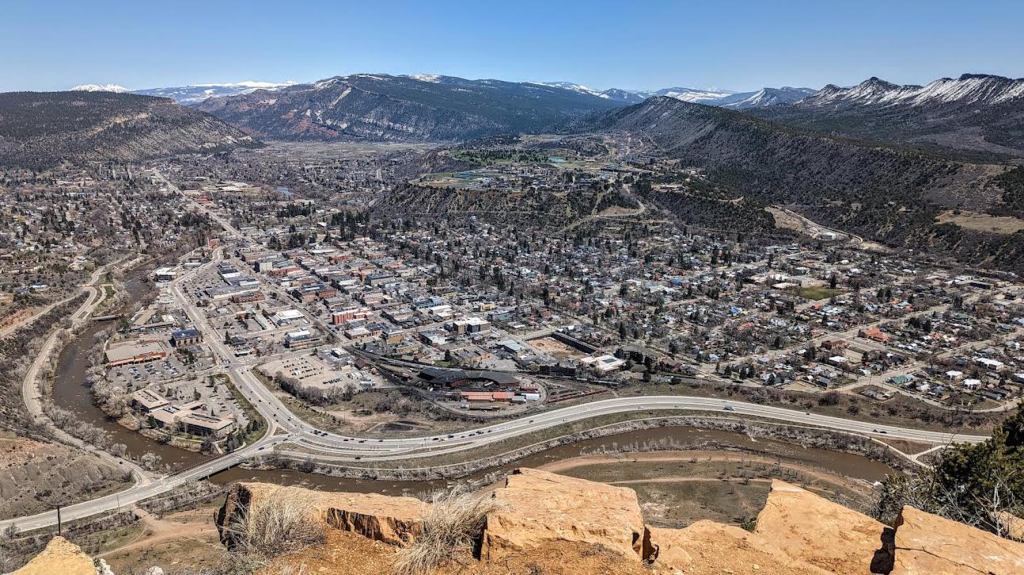
More recently, a number of former smelter towns have become desirable locations for newcomers and retirees who find them enchanting places to live with lots of historic charm and charisma. Durango, Leadville, and Salida, Colorado, as well as Galena, Illinois all fall into this category. Anaconda and Butte, Montana; Leadville; and Hancock, Michigan (noted above) have been successful in showcasing their mining/smelting heritage.
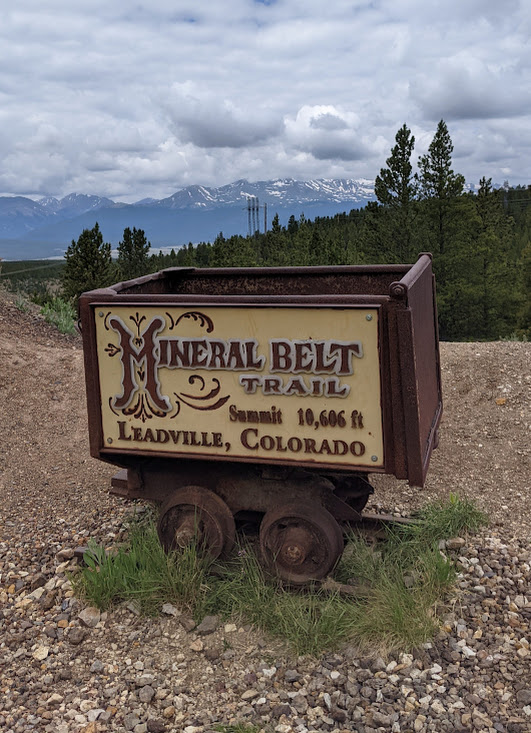

Several of these aforementioned communities, along with Bisbee, Arizona have also become important artist colonies. All are proof that historic smelter and mining towns are among the most resilient on the planet. Furthermore, their recovery and rediscovery clearly depict the “can do spirit” and tenacity of the entire community. Each town mentioned should be applauded for their foresight and accomplishments.
Peace!
p.s. The list below is not meant to be an exhaustive compilation of smelters in the USA and Canada. As this map from Southeast Kansas shows, there were numerous smelters in historic mining regions such as the Tri-State Lead/Zinc Mining District of Southeast Kansas/Southwest Missouri/Northeast Oklahoma.
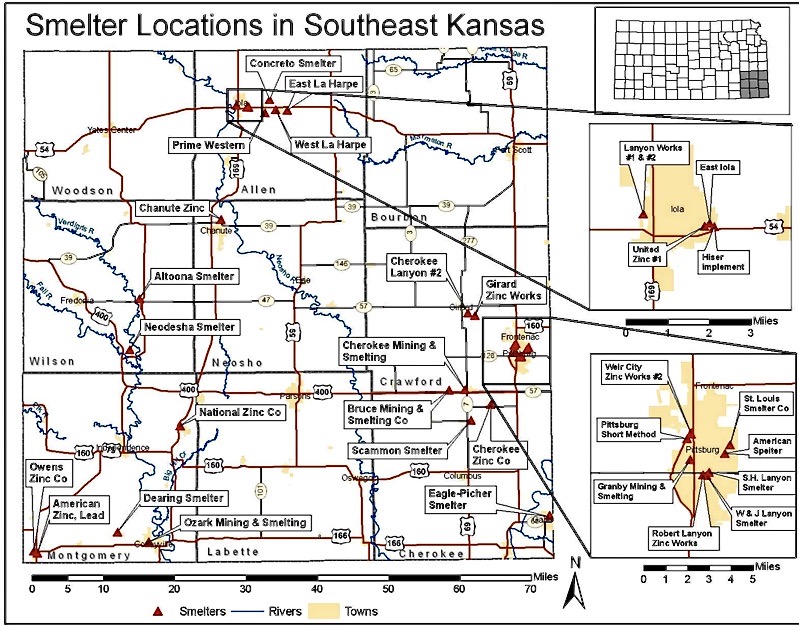
____
Ajo, Arizona – copper
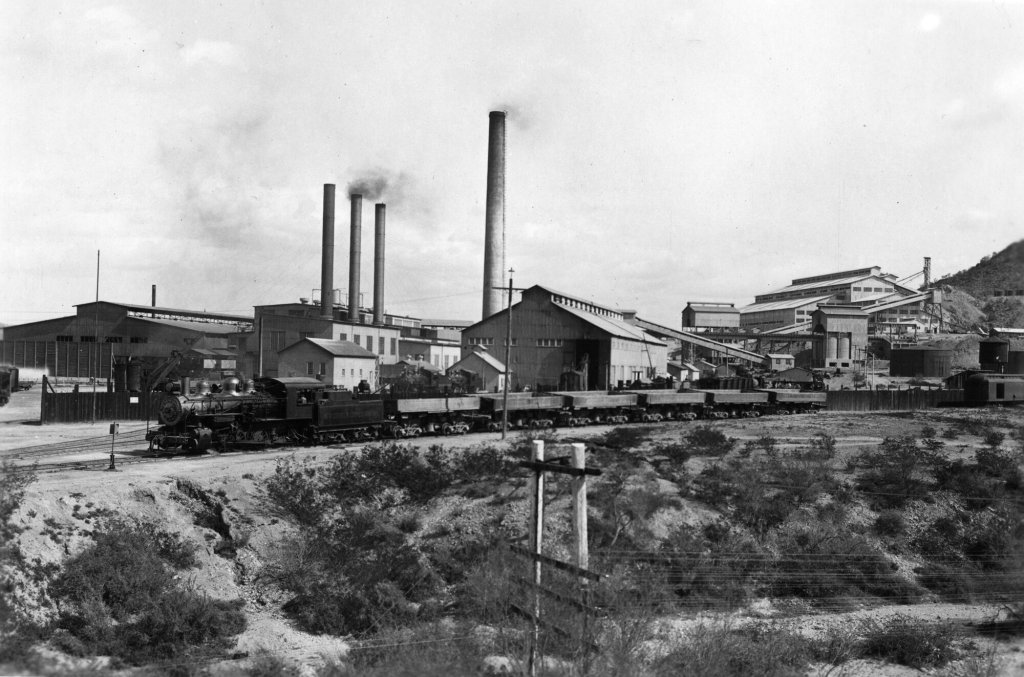
Anaconda, Montana – copper
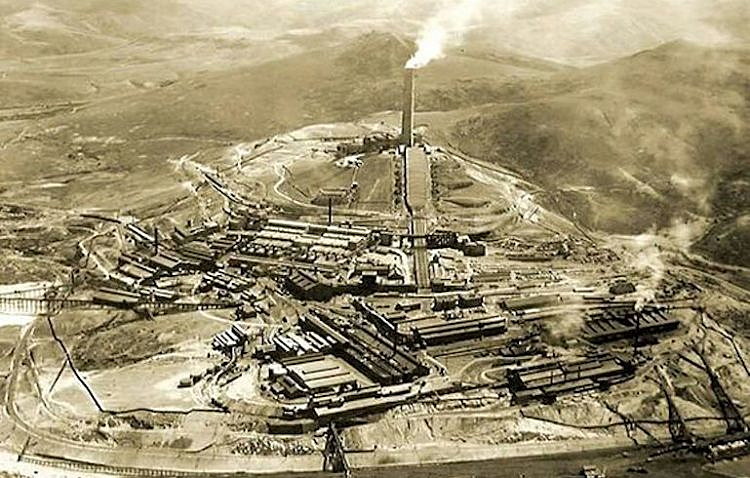
Arvida, Quebec, Canada – aluminum
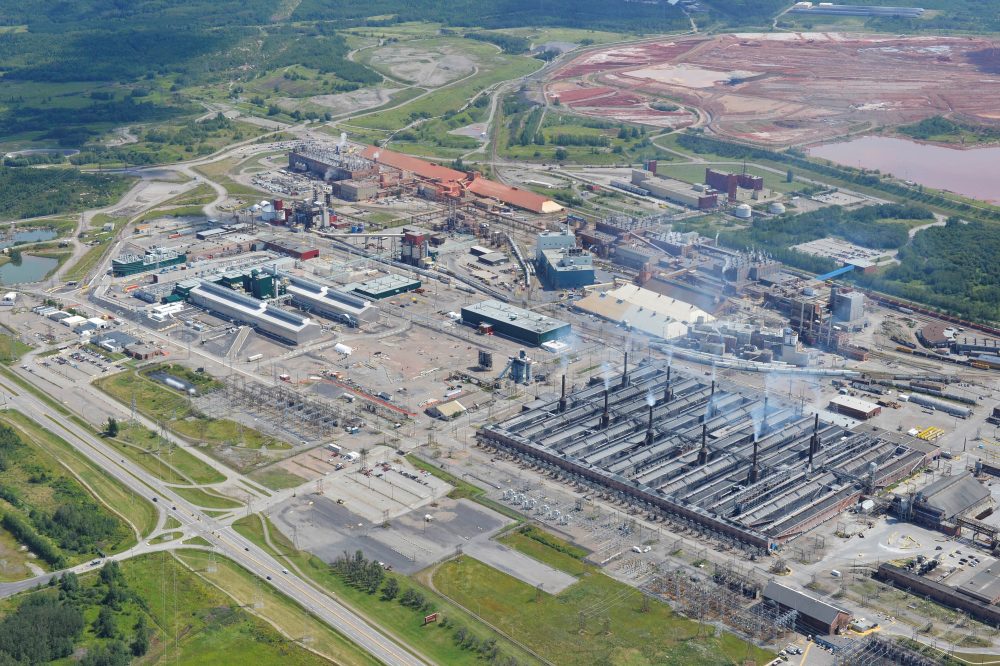
Baie-Comeau, Quebec, Canada – modern aluminum smelter
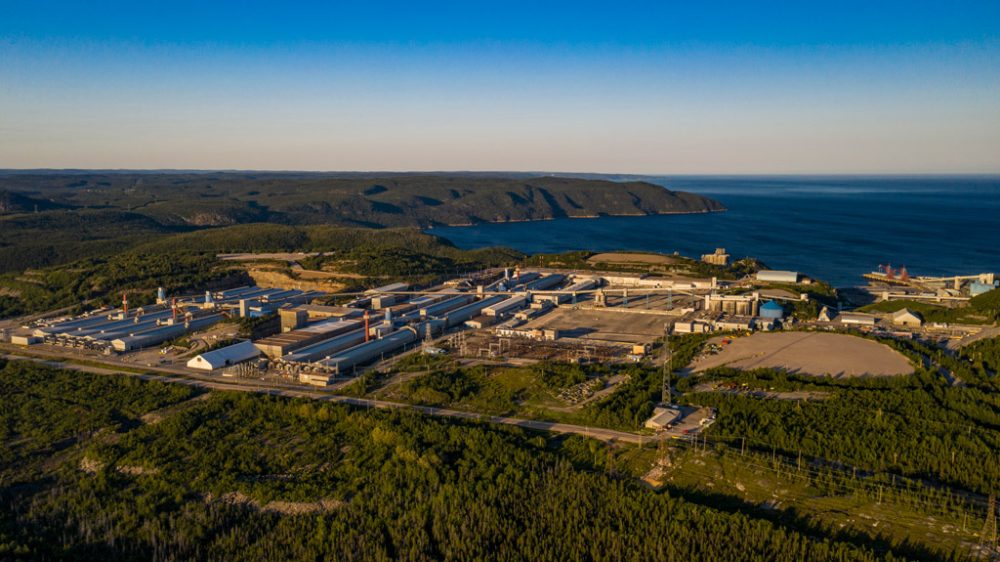
Bécancour, Quebec, Canada – modern aluminum smelter

Belledune, New Brunswick, Canada – lead
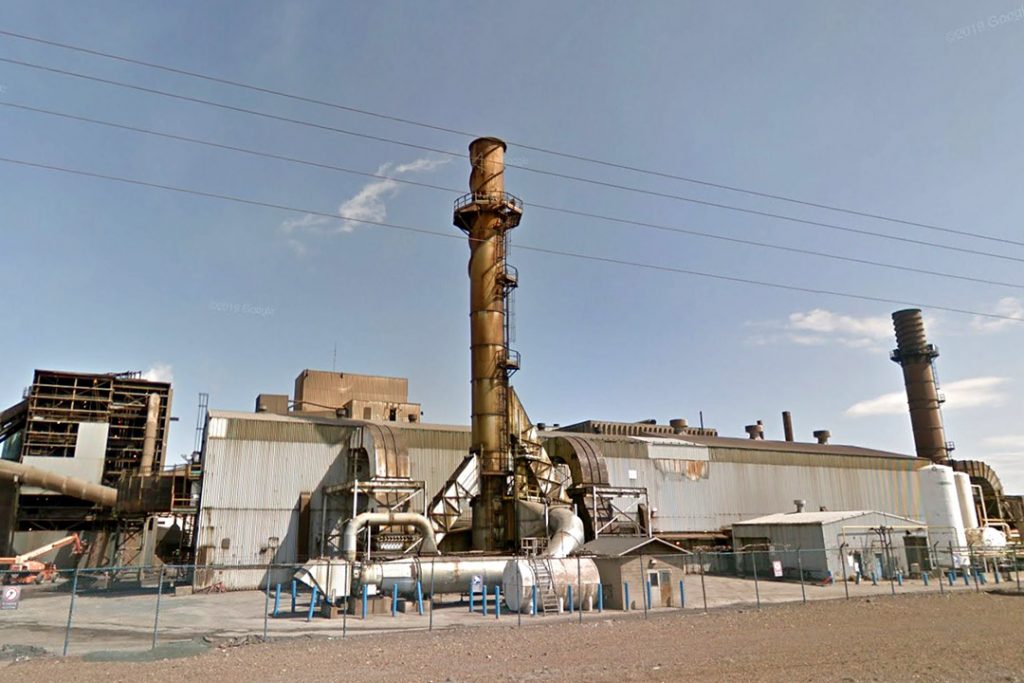
Bisbee, Arizona (1880-1905) – copper – replaced by smelter in Douglas
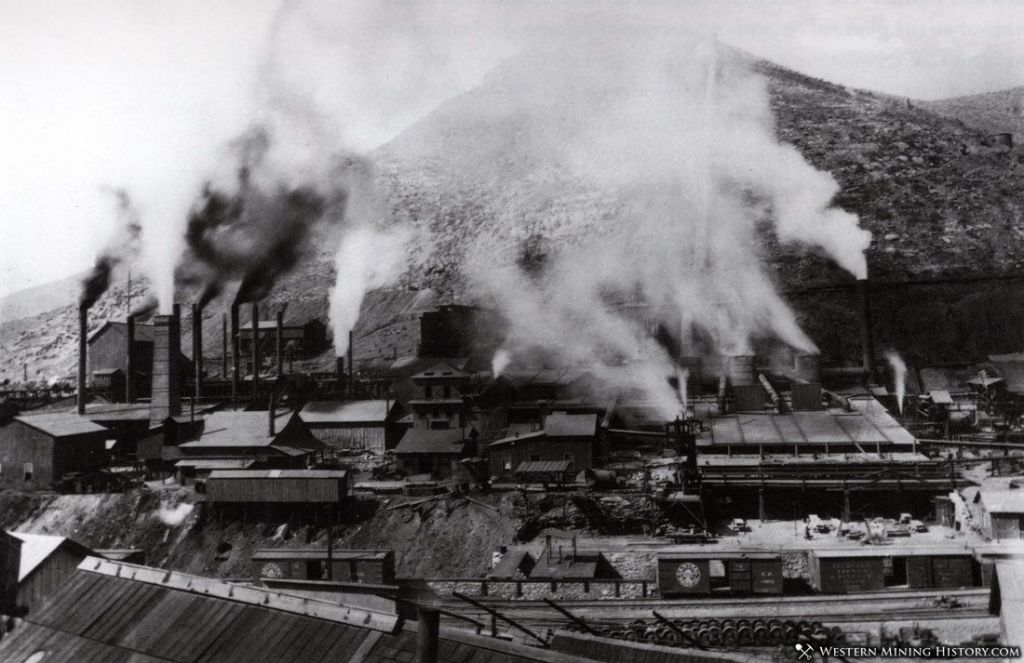
Black Eagle (Great Falls), Montana – copper

Blackwell, Oklahoma – zinc
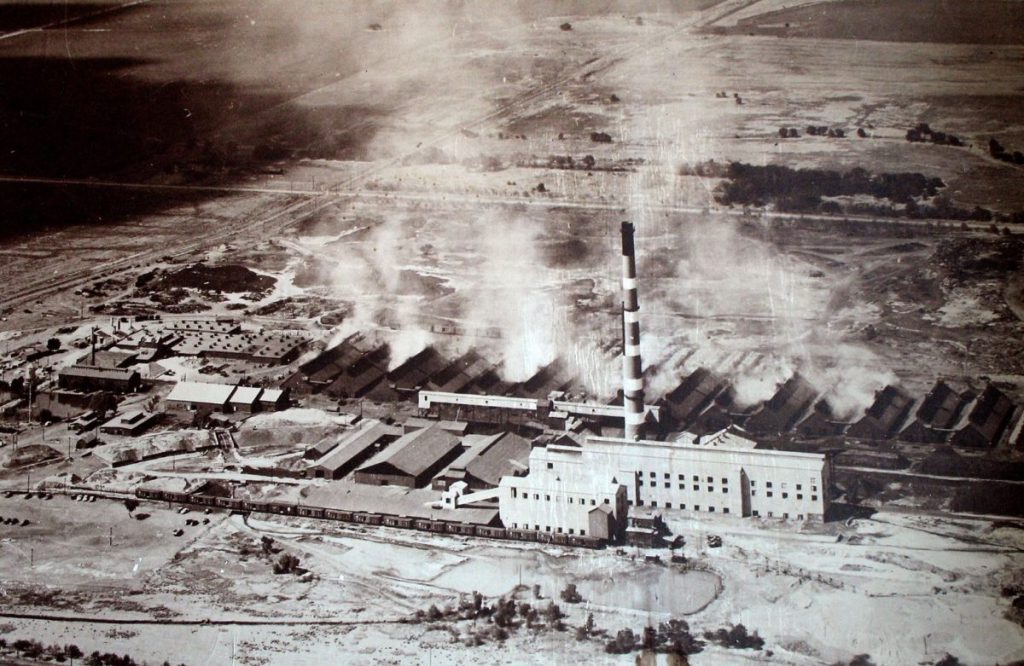
Butte, Montana – copper
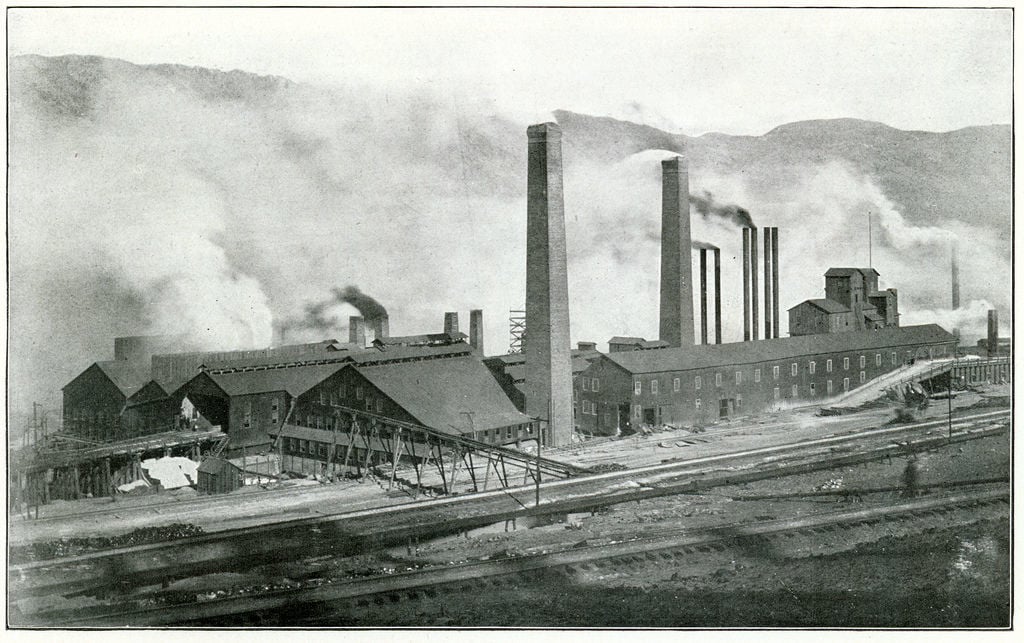
Christmas, Arizona – copper – now a ghost town

Clarkdale, Arizona – copper
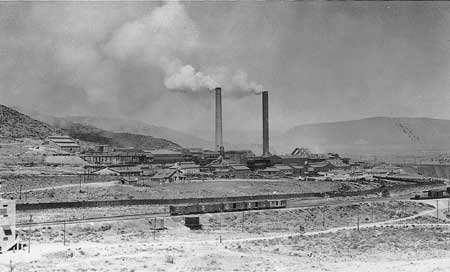
Clifton, Arizona – copper
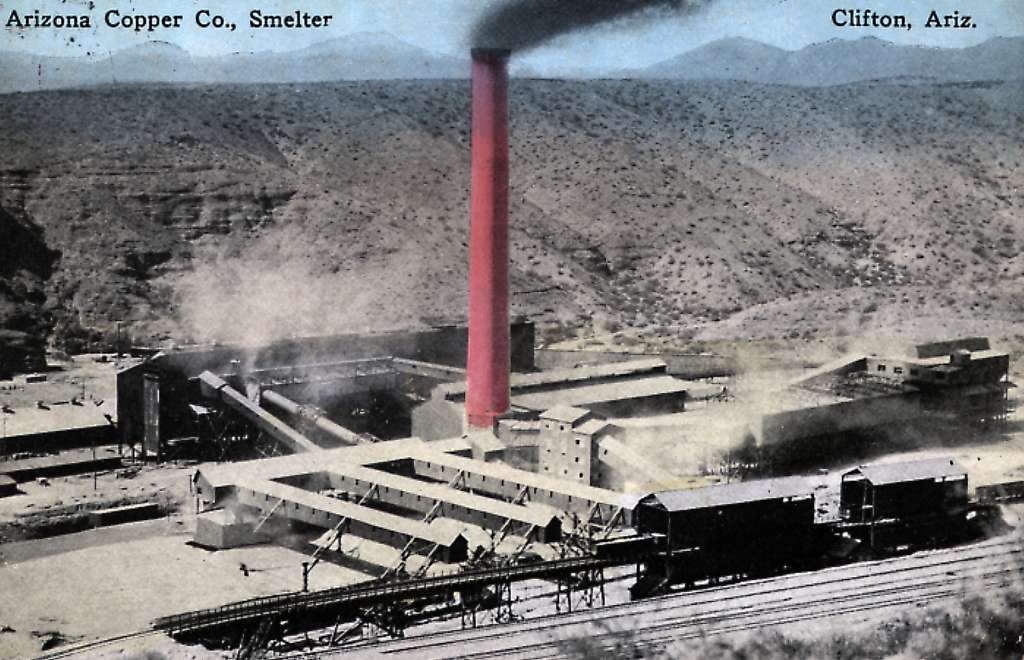
Collinsville (St. Louis Area), Illinois (1904-1934) – lead and zinc
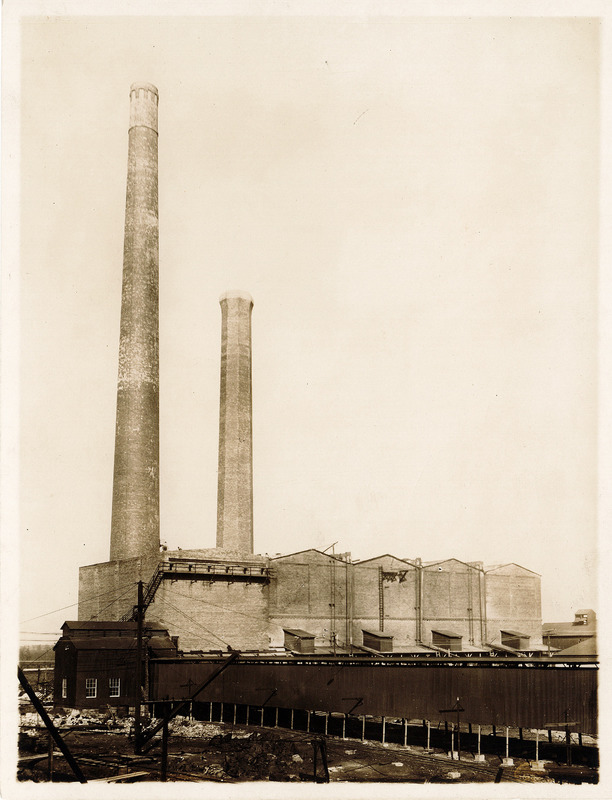
Coniston, Ontario, Canada – nickel
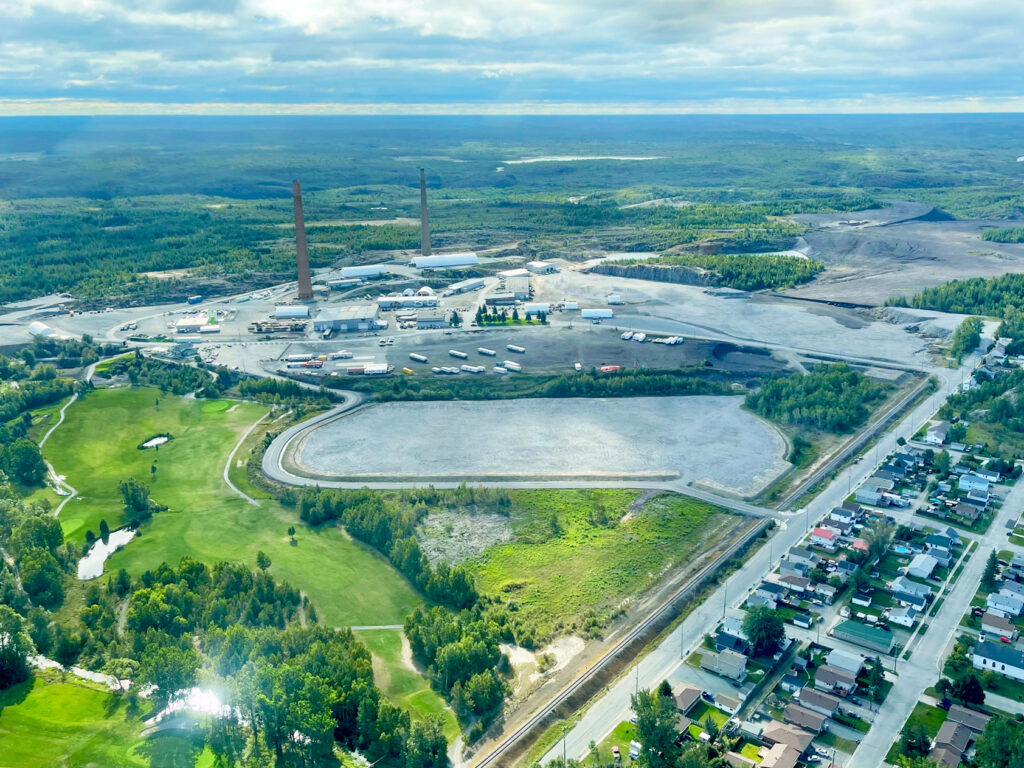
Deadwood, South Dakota – gold

Denver (Globeville neighborhood), Colorado – gold and silver
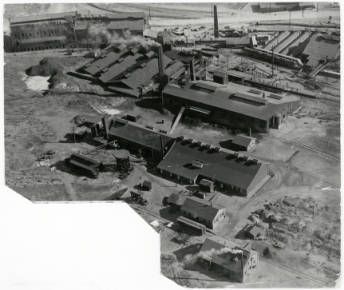
Deschambault, Quebec, Canada – modern aluminum smelter
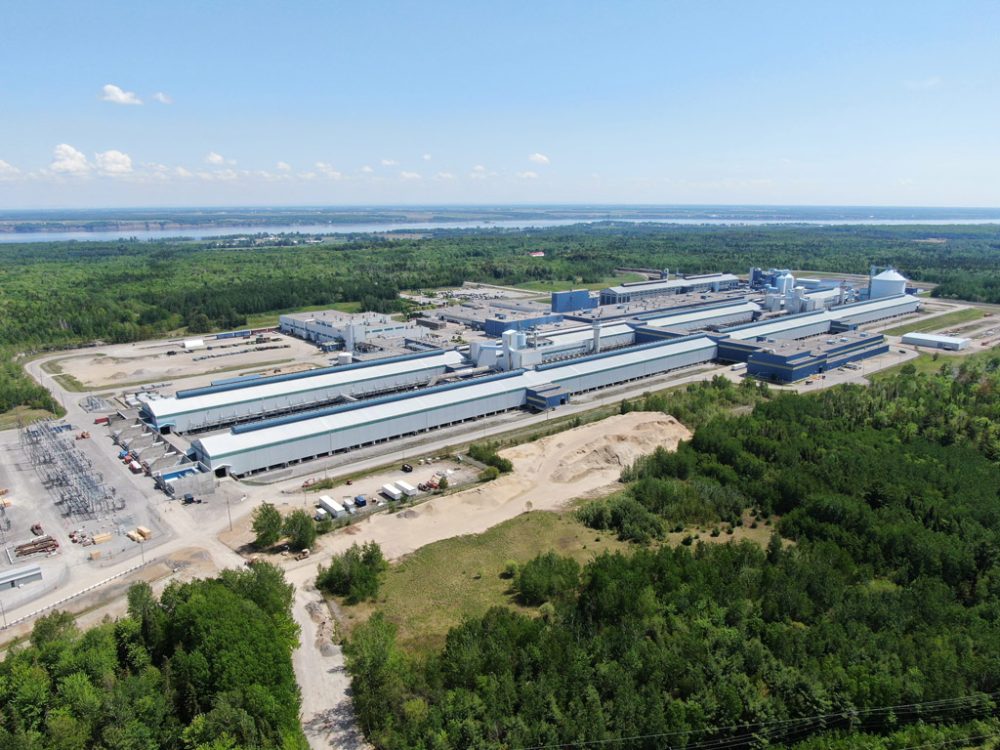
Douglas, Arizona – copper
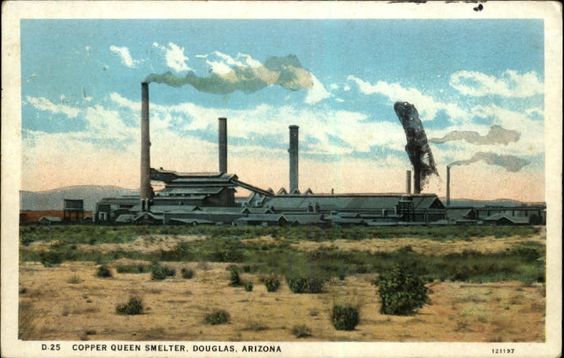
Durango, Colorado – coke, lead, copper, silver, and gold

East Helena (Helena), Montana – lead and zinc

Farmington, Missouri – lead
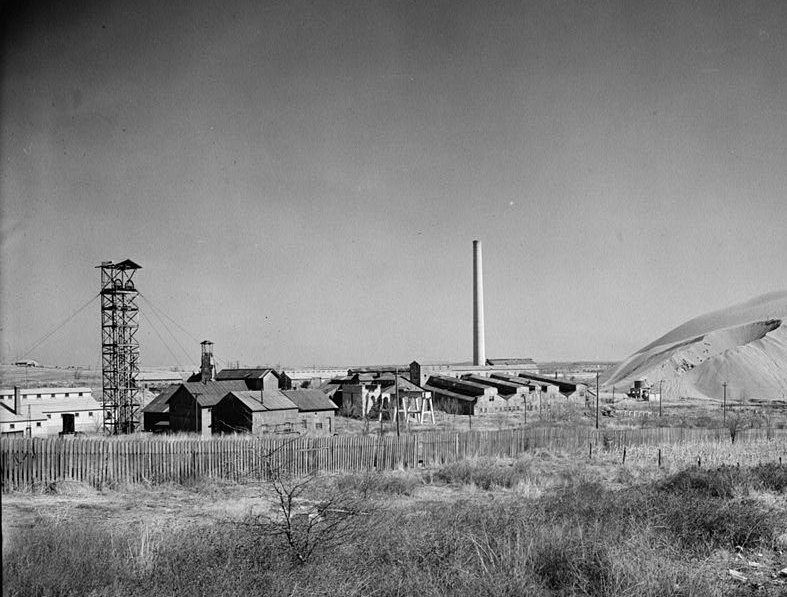
Frisco, Utah – silver
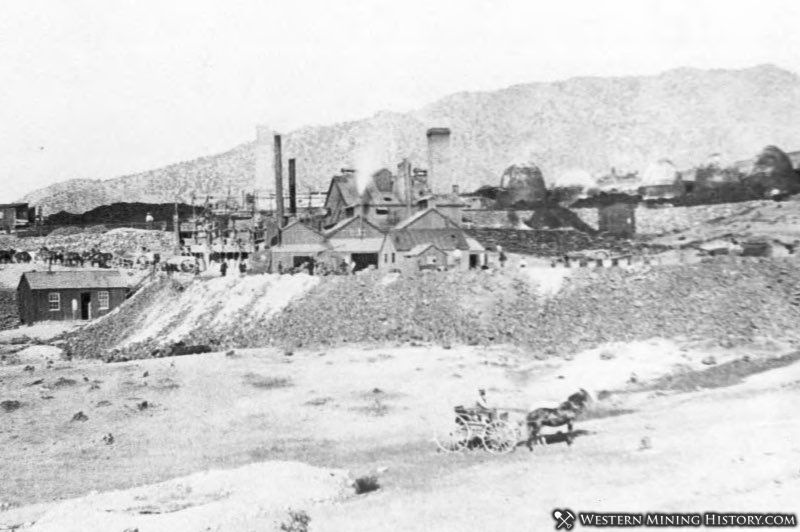
Galena, Illinois – lead
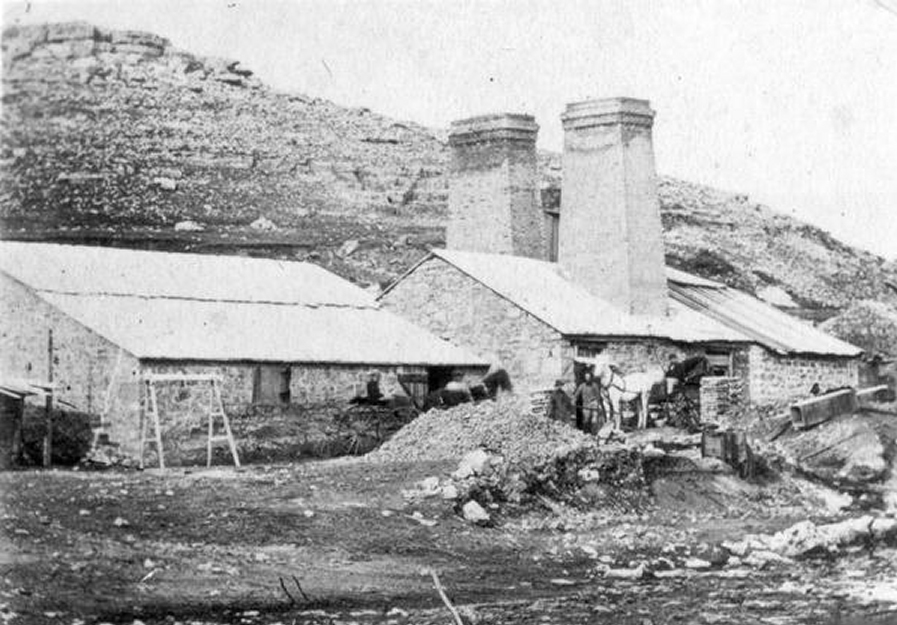
Galena, Kansas – lead
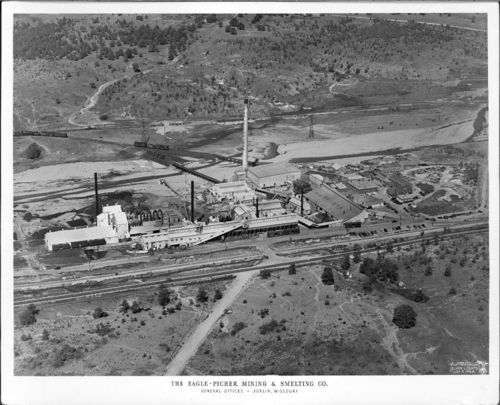
Garfield, Utah – copper
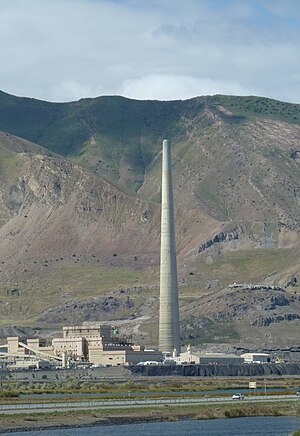
Grand Baie, Quebec, Canada – modern aluminum smelter

Hancock, Michigan – copper

Hayden, Arizona – copper
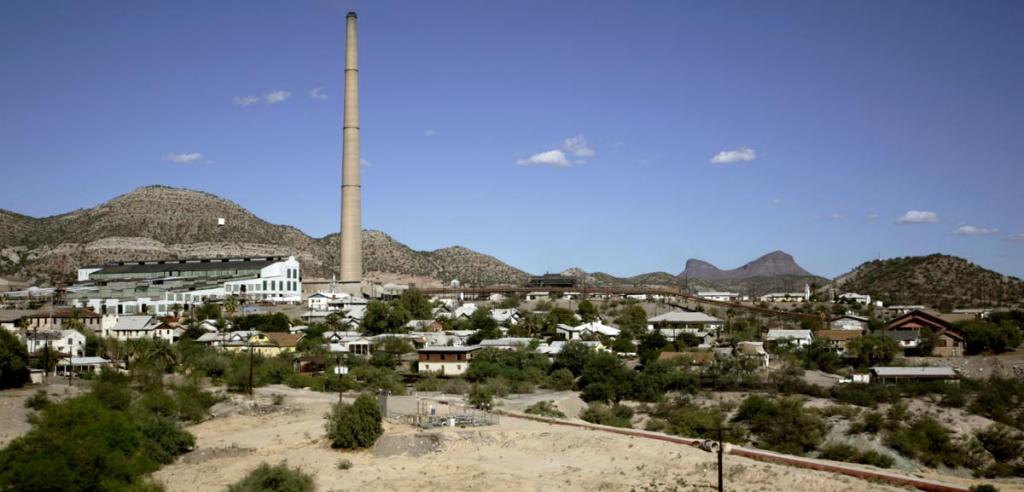
Herculaneum, Missouri – lead

Humboldt, Arizona – gold and silver
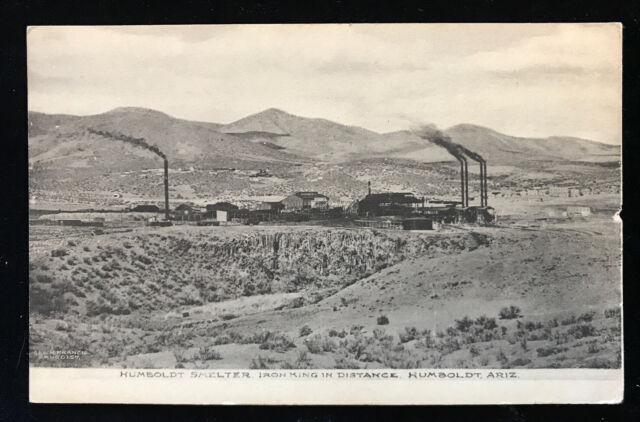
Hurley, New Mexico – copper

Jerome, Arizona – copper
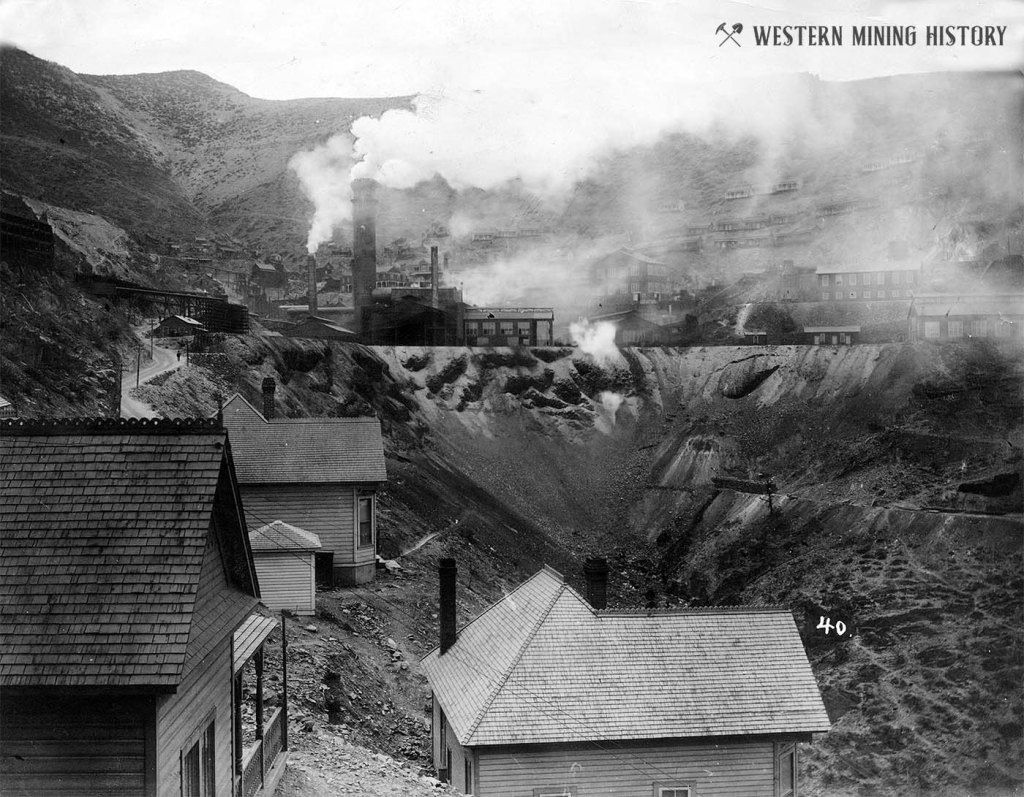
Kellogg, Idaho – lead

Kennett, California – copper – now under Shasta Lake
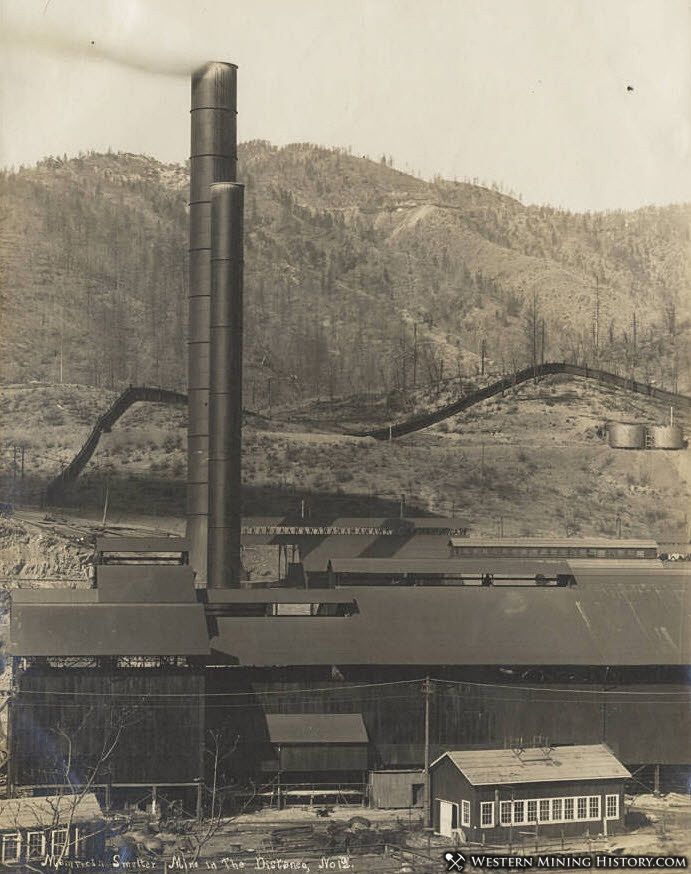
Kitimat, British Columbia, Canada – aluminum
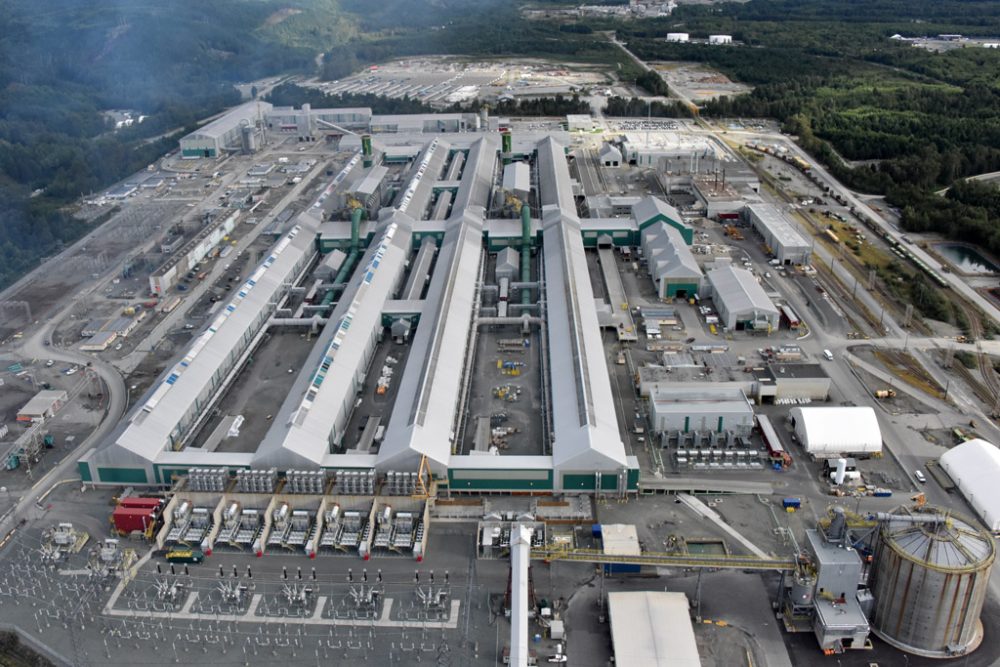
LaHarpe, Kansas – zinc
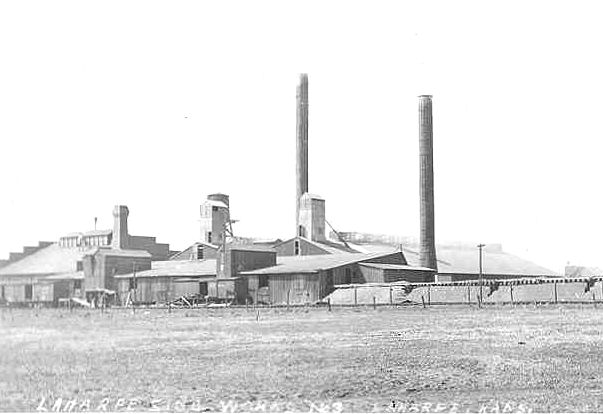
Laterrière, Quebec, Canada – modern aluminum smelter
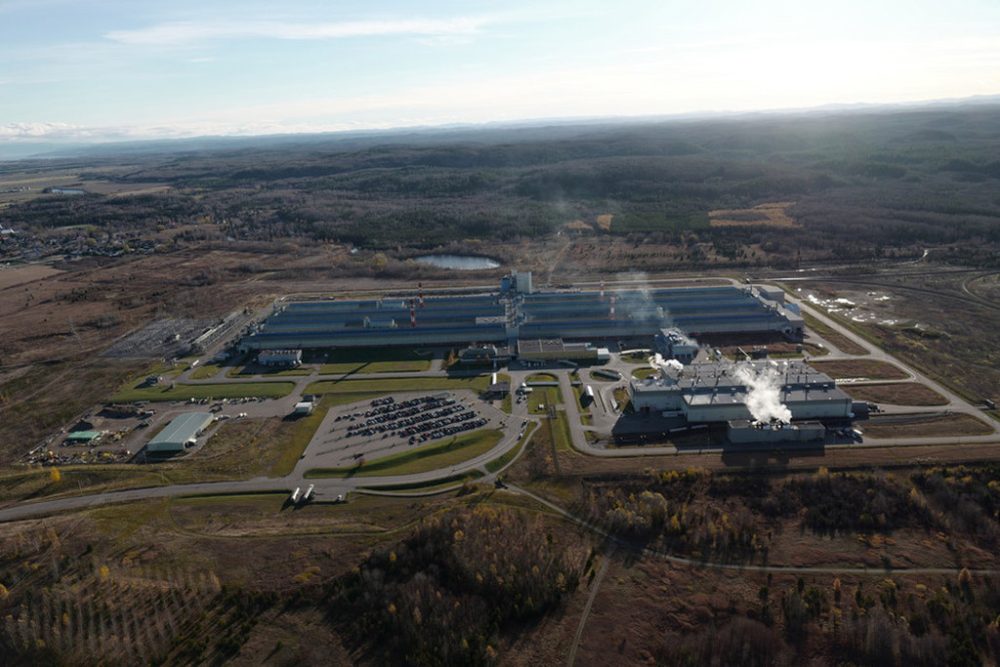
Leadville, Colorado – gold and silver
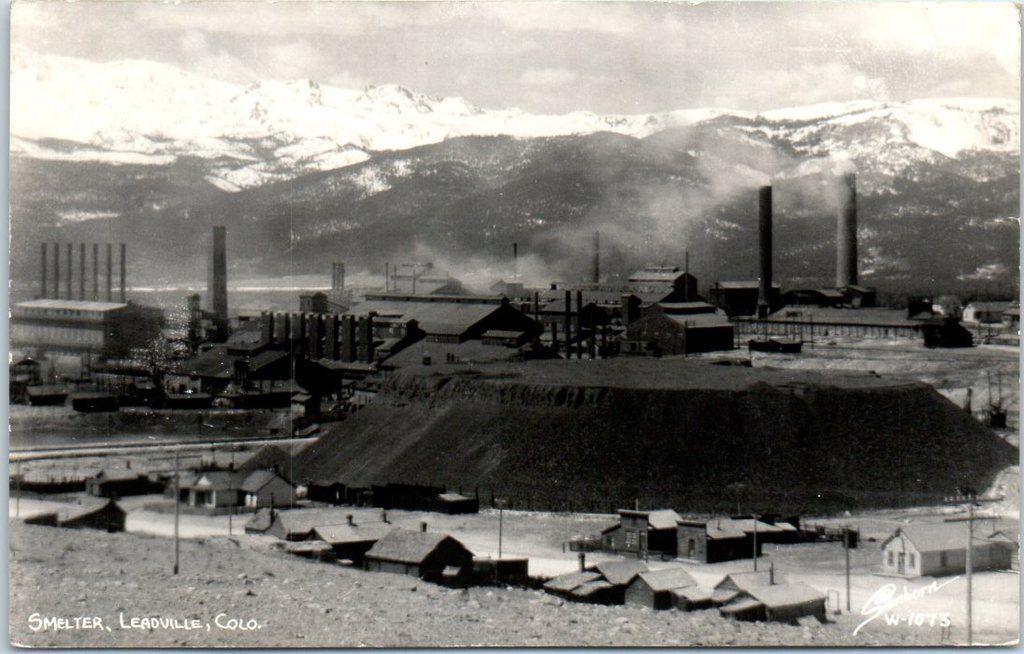
Macay, Idaho – copper
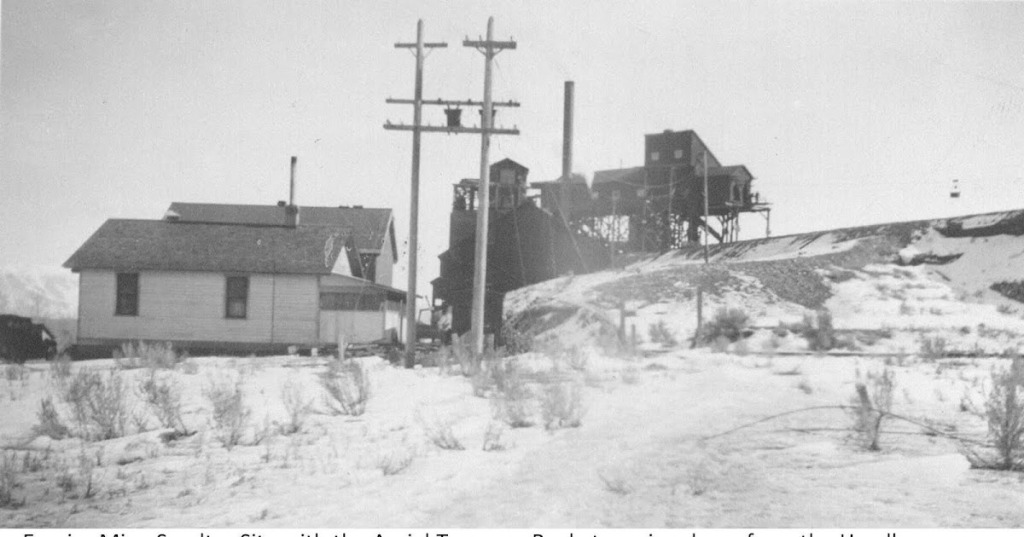
Mayer, Arizona – copper
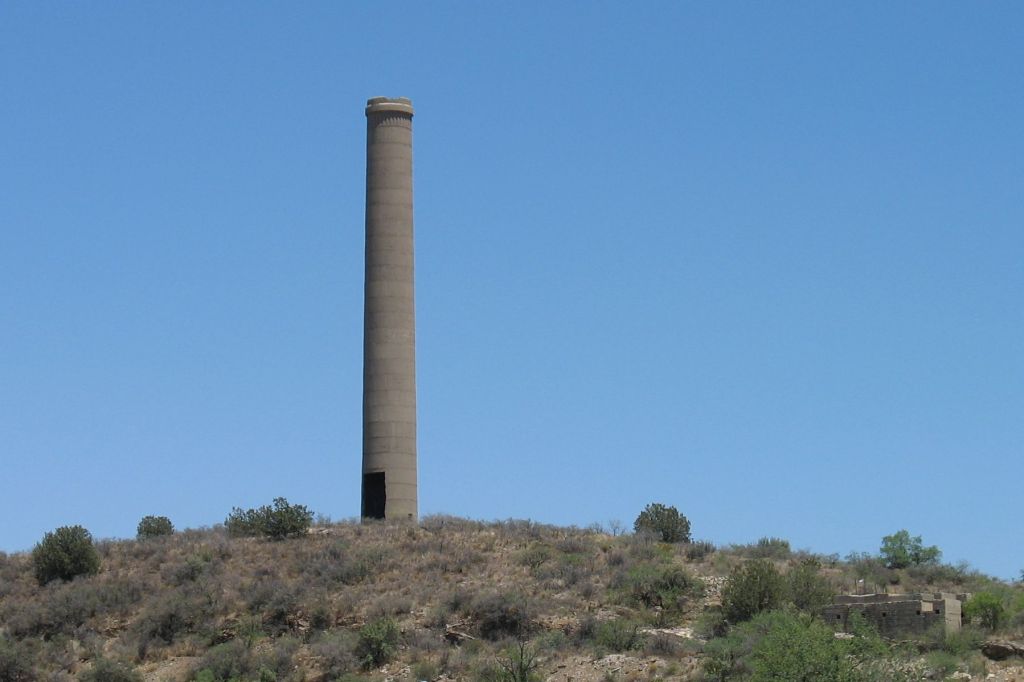
McGill, Nevada – copper

Miami, Arizona – copper
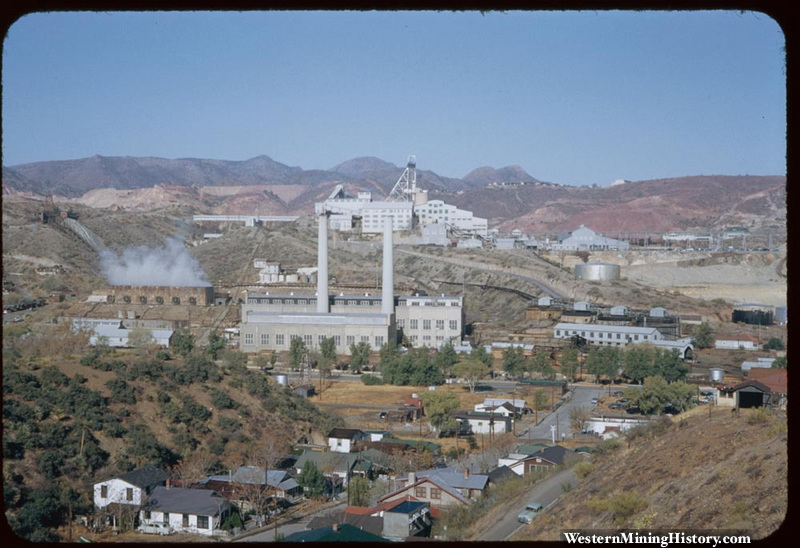
Midvale (Salt Lake City), Utah – copper

Morenci, Arizona – copper
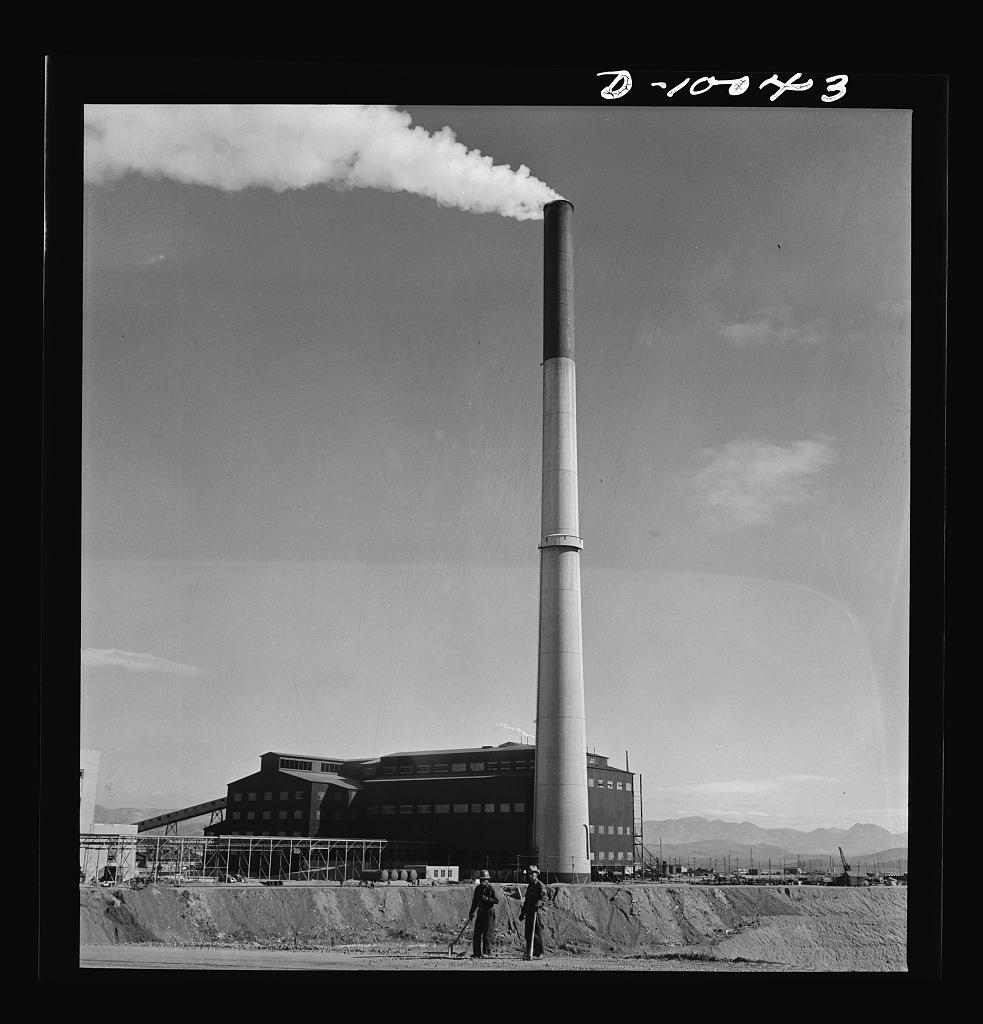
Murray (Salt Lake City), Utah (1902-1950) – copper

New Almaden, California – mercury

Northport, Washington – copper

Omaha, Nebraska – lead

Park City (Socorro), New Mexico – lead, zinc, and silver

Philipsburg, Montana – silver
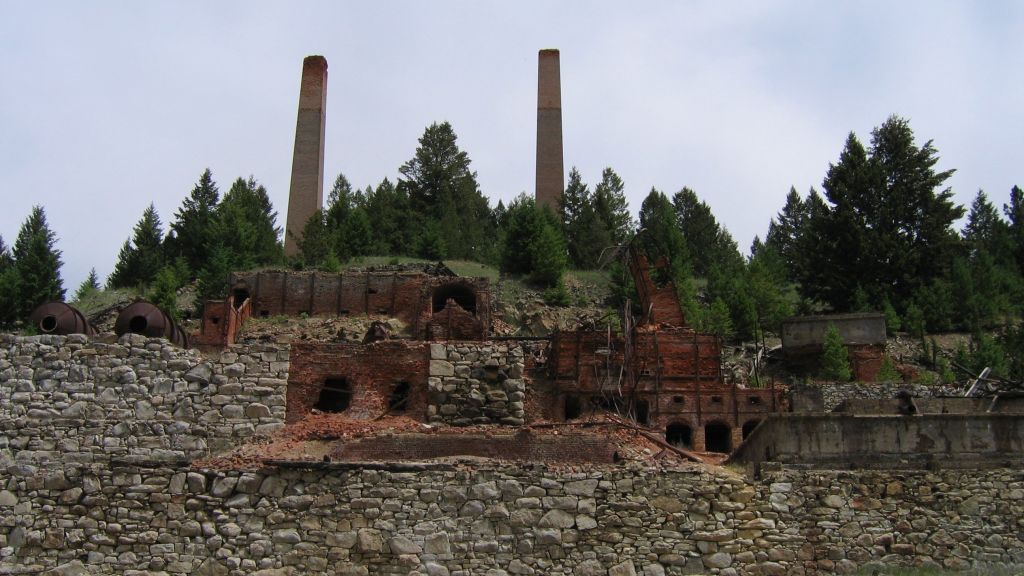
Pittsburg, Kansas – lead and zinc

Pueblo (Bessemer neighborhood), Colorado (1883-1903) – silver and lead
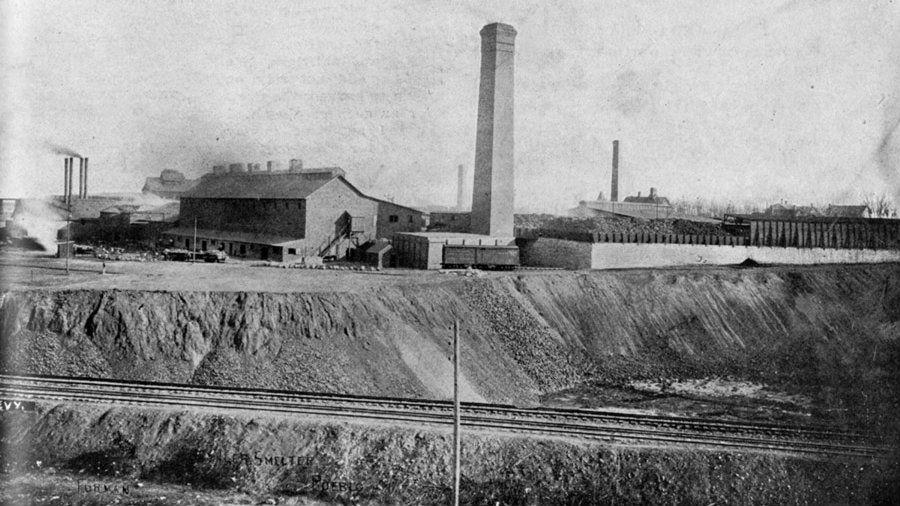
Rosalie Wells, California (1898-1918) – copper
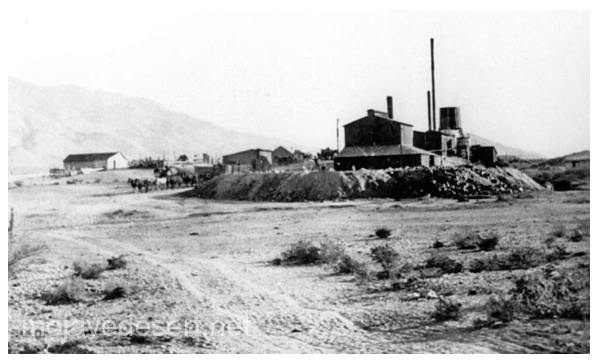
Rouyn Noranda, Quebec – copper

Sasco, Arizona (1907-1919) – copper – now a ghost town
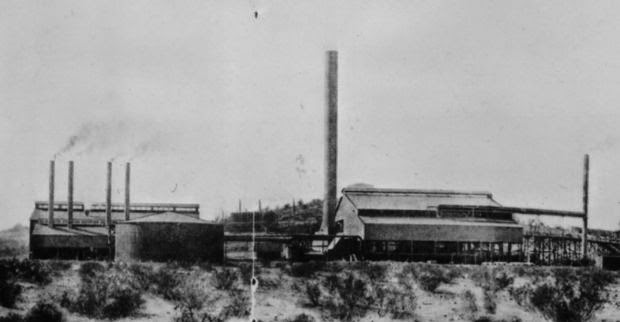
Sept-Îles, Quebec, Canada – modern aluminum smelter
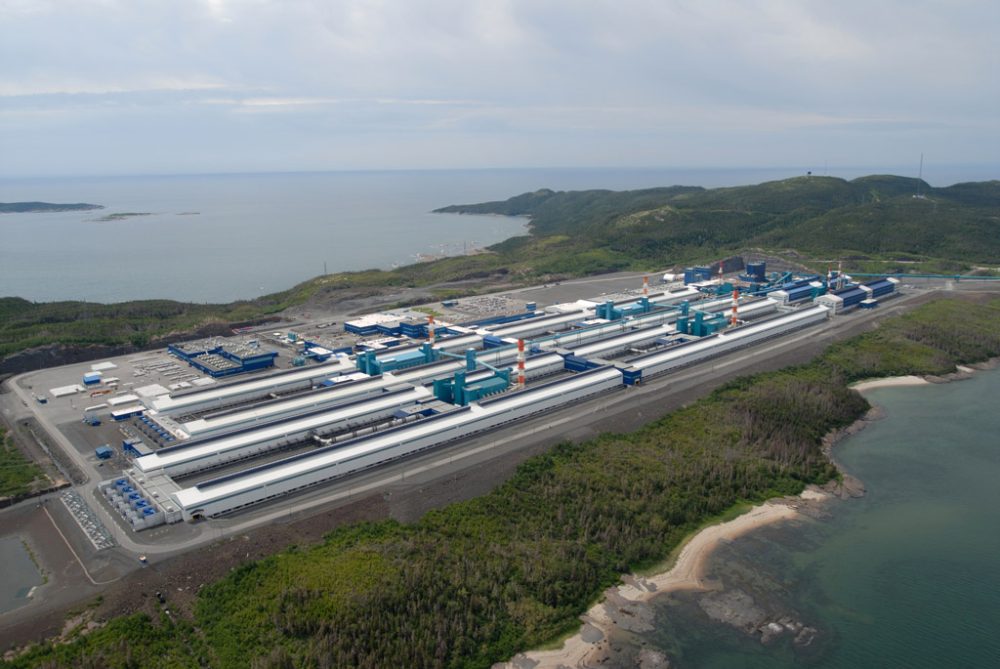
Smeltertown (adjacent to Salida), Colorado – gold, silver, lead, and zinc
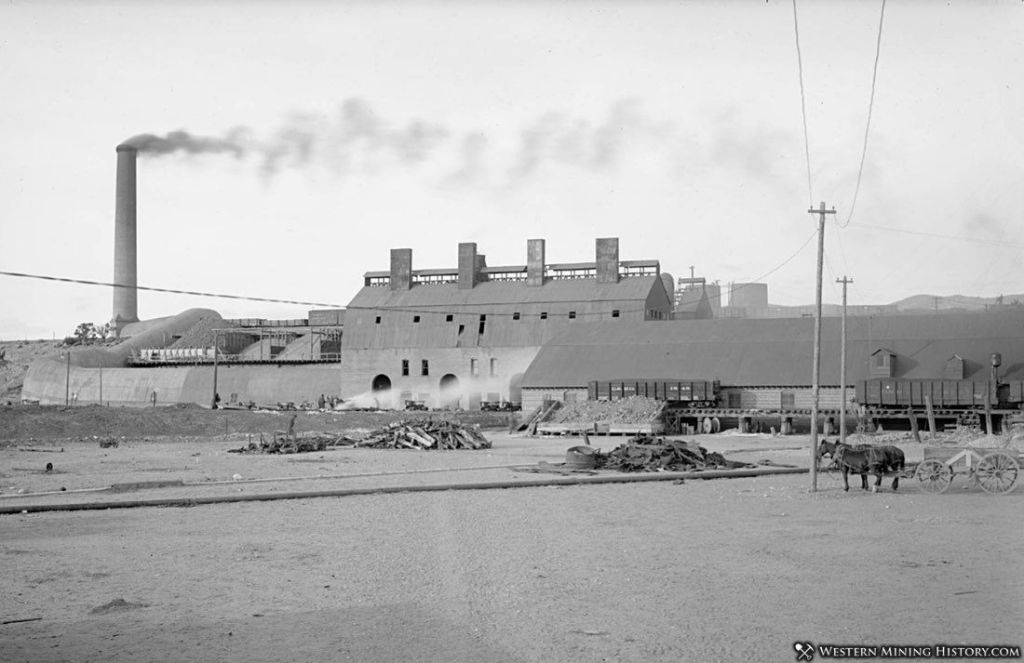
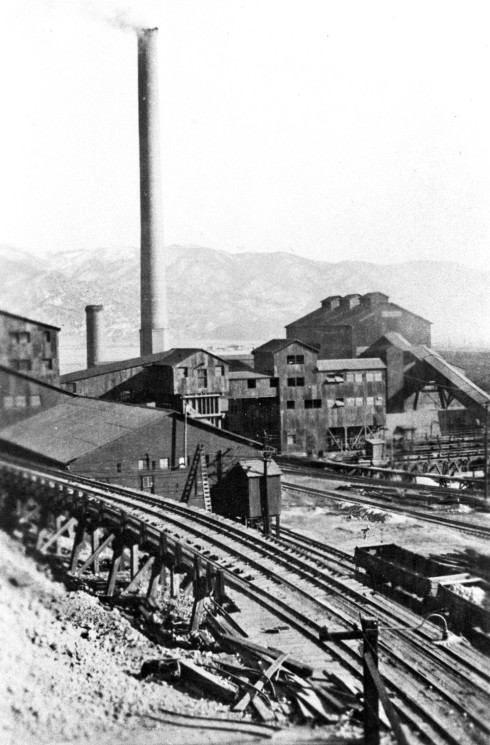
Smeltertown (adjacent to El Paso), Texas (1887-1972) – copper and lead
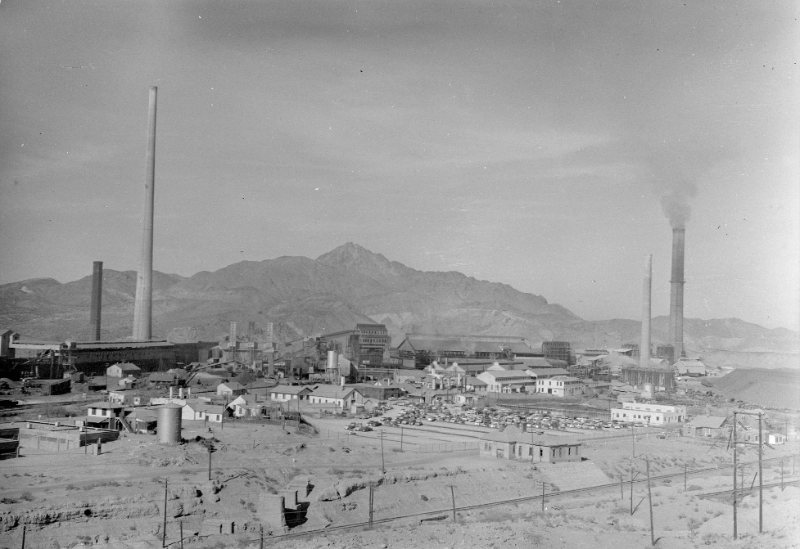
Spring Valley, Wisconsin – iron
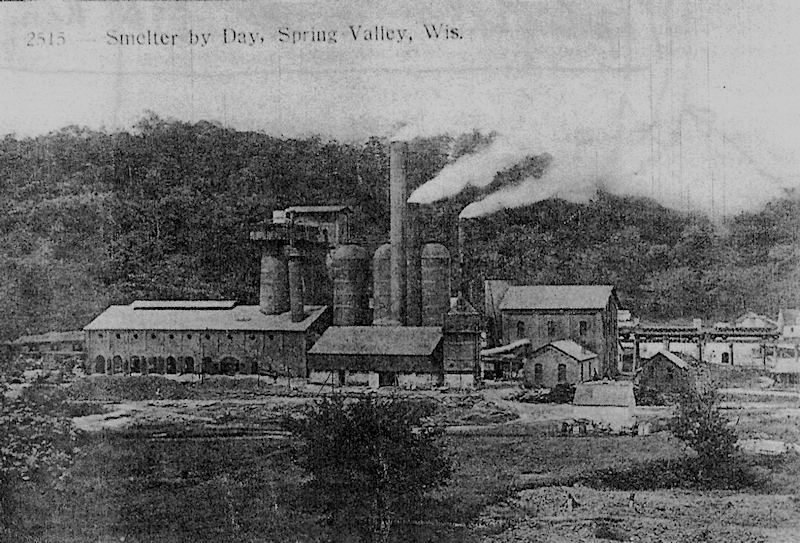
Stoddard, Arizona – copper
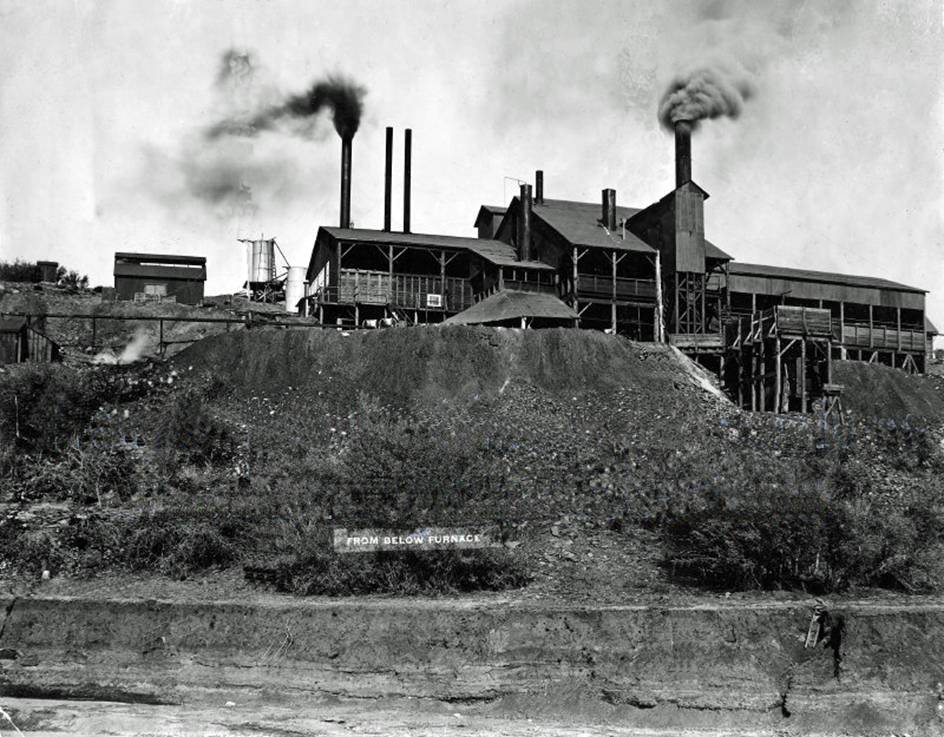
Sudbury, Ontario, Canada – nickel and copper

Superior, Arizona – copper

Tacoma, Washington – lead and copper
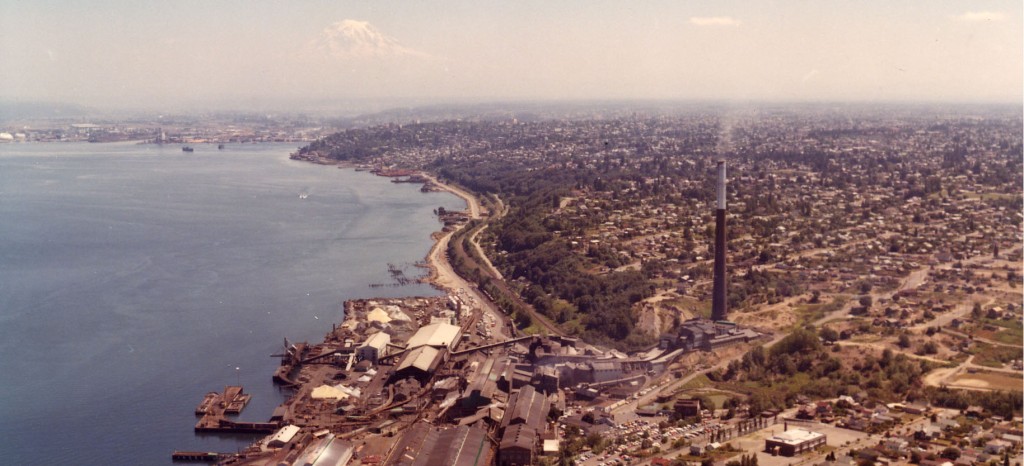
Texada Island, British Columbia, Canada – silver, copper, and gold
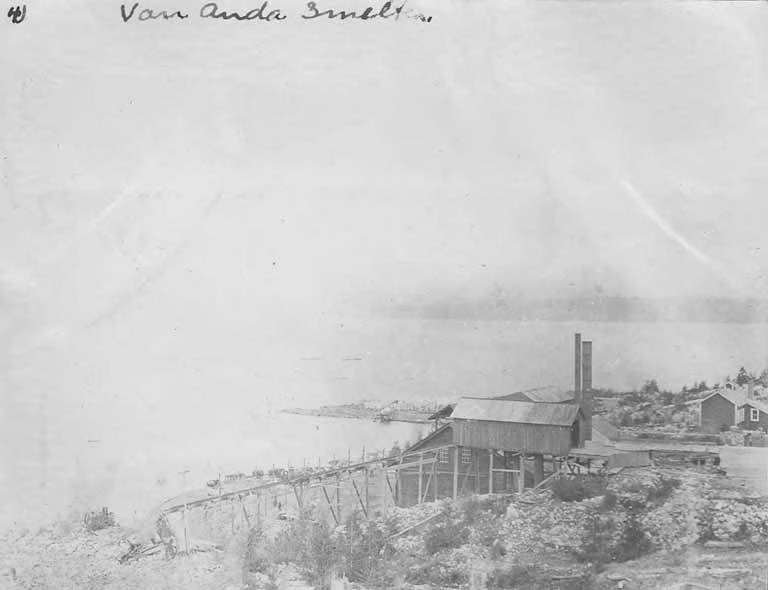
Thompson, Manitoba, Canada – nickel

Trail, British Columbia, Canada – lead and zinc
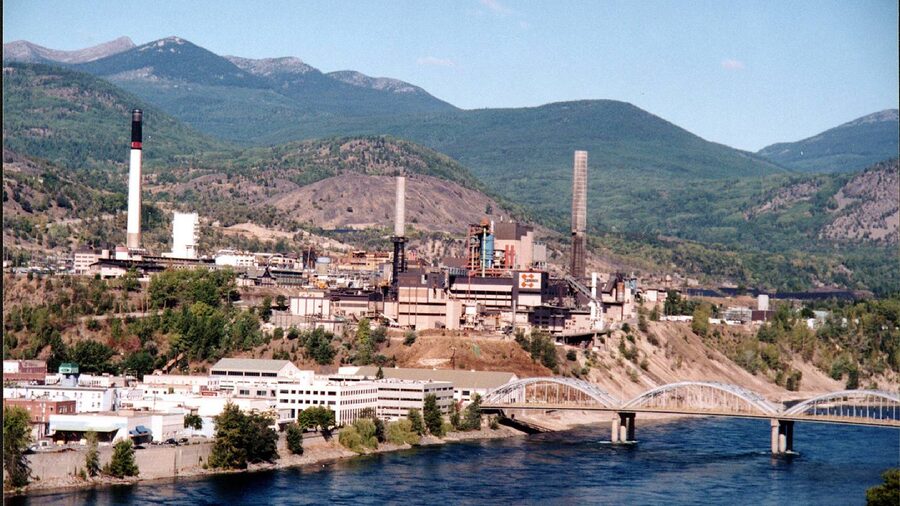
Windham, Colorado – silver

If the topic of smelters and smelter towns intrigues you, here are several books on the topic that are available via Amazon.com.*
*A link has been provided for each book to Amazon.com. A small commission is earned from purchases that are made using the above links to Amazon. As an Amazon Associate, I earn from qualifying purchases.

